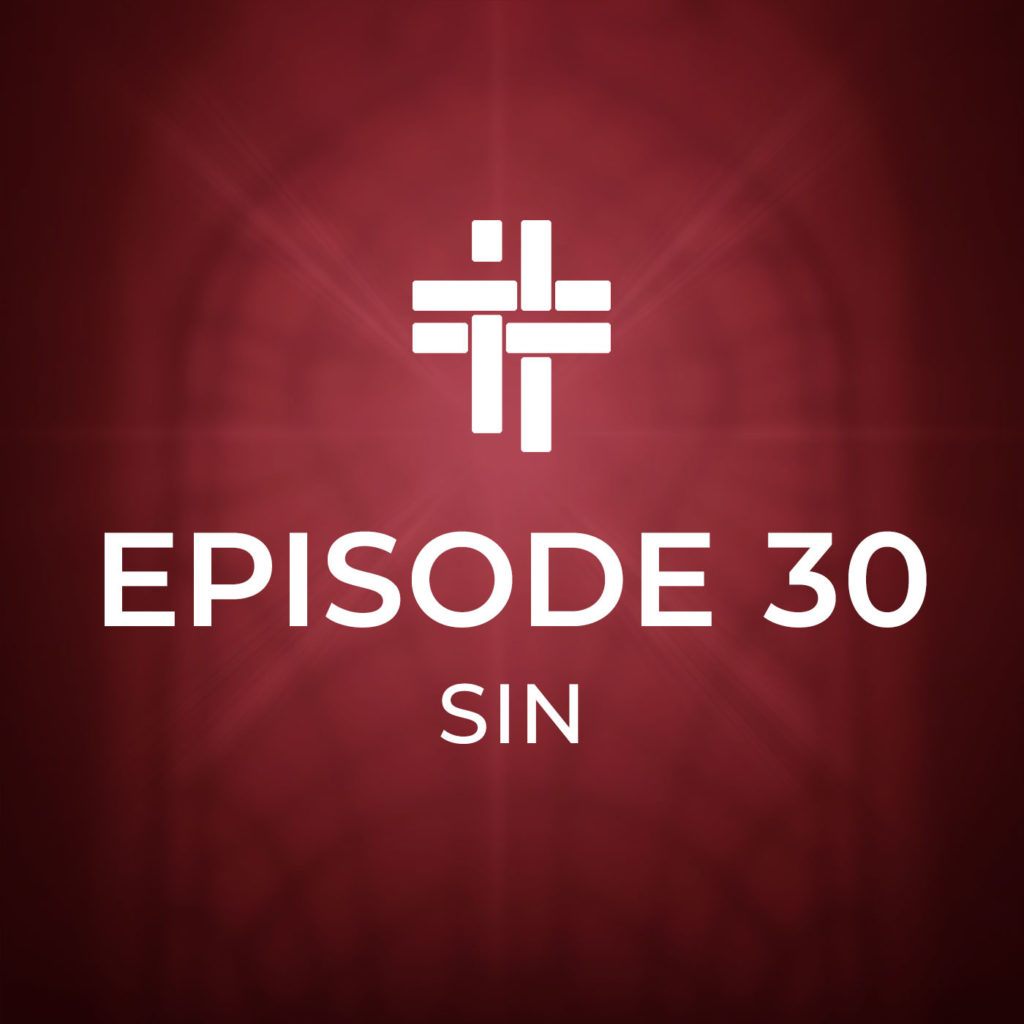Too often, sin is considered in the form of a laundry list of “thou shalt not” prohibitions. We must seek a more dynamic and operational definition, a definition that integrates with peacemaking. What does that mean? As peacemakers, we seek a definition of sin that focuses on relationship. Sin ends when divine love is brought back into a relationship. People do not cease sinning because they know the rules better. They stop sinning because they want to love more.
Podcast: Play in new window | Download (Duration: 9:56 — 13.6MB) | Embed
Subscribe to the podcast
Credits
“Angel Share” and “On My Way” by Kevin MacLeod Licensed under Creative Commons: By Attribution 3.0 License


